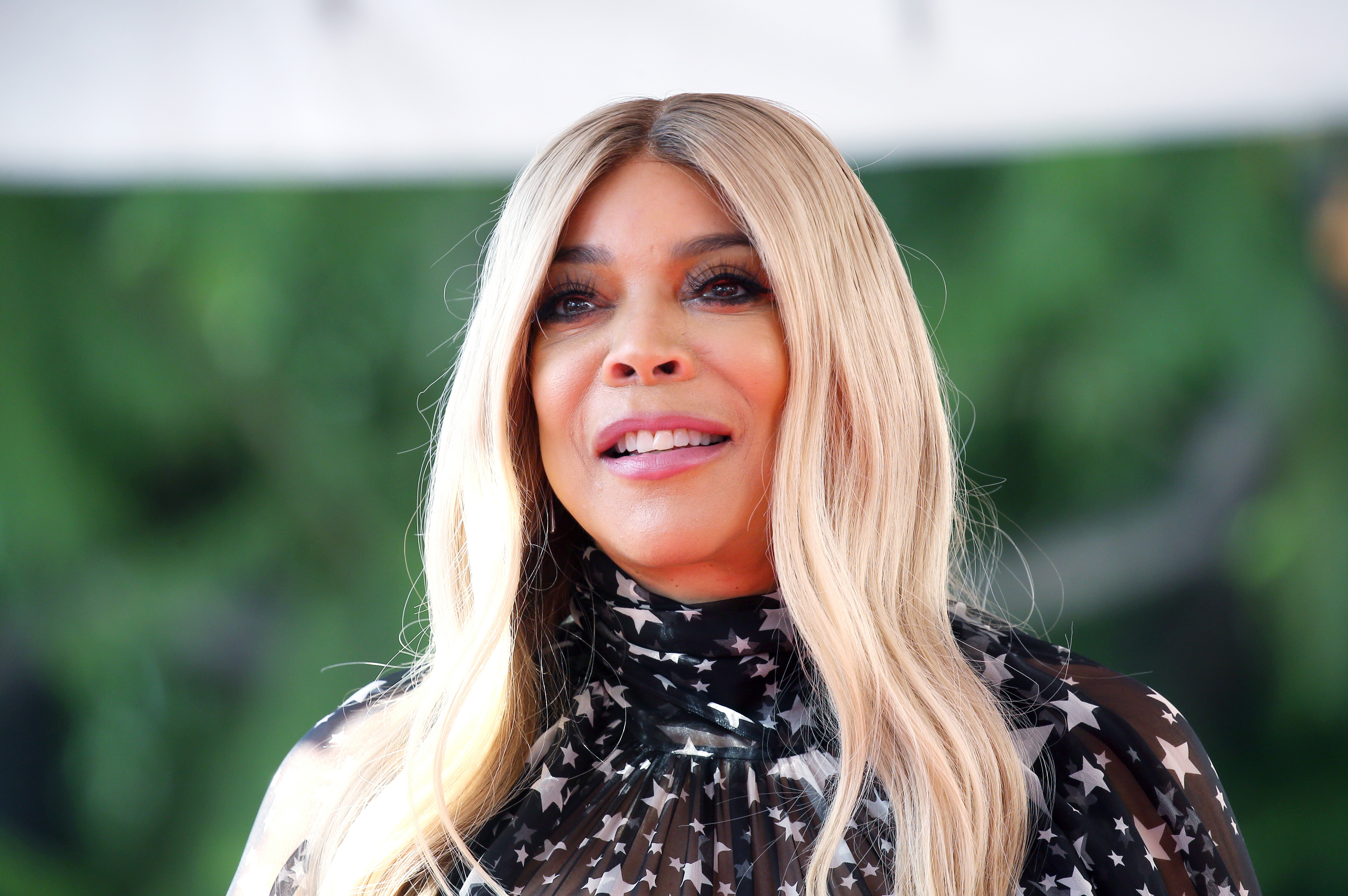Odd Man Out, showing at the Sheen Center, promises an exploration of all your senses — except sight. NBC New York’s Kiki Intarasuwan reports.
How do you watch a show that's in total darkness?
There are no cheap seats at "Odd Man Out," an immersive theater performance at the Sheen Center for Thought and Culture in Lower Manhattan. The show tells the story from a blind musician's perspective and he boards a flight from New York City back home to Buenos Aires after years of self-exile.
The "immersion" begins before the audience enters the door.
Watch NBC 4 free wherever you are
With flight departure signage, airport lobby music, and even a safety video featuring an enthusiastic flight attendant, showgoers are transported to JFK without taking off their shoes and dealing with TSA. As the show is about to begin, audience members are escorted to their seats in small groups and single-file lines. To find your seat and not get lost, you must keep your hands on the shoulders of the person in front of you as an attendant leads you through pitch darkness and the bright red EXIT sign disappears.
Once seated, VIPs are given a glass of wine, a piece of paper, a piece of candy, an empanada and an Argentinian alfajor --- a sweet cookie sandwich. The show begins when Alberto, the protagonist, joins the audience on the flight and converses with his seatmates about his past.
Get Tri-state area news delivered to your inbox with NBC New York's News Headlines newsletter.
There are no lights, no set, no costumes and no make-up. "Odd Man Out" aims to stimulate all your other senses: hearing, touch, taste, smell --- to tell a love story.
"What happens in the dark can be very, very activating. So once you get rid of your sight and you have to experience and perceive the world, all of your other senses get activated highly. Your mind starts working in a different way, and it starts opening you up to different experiences," co-director Carlos Armesto explained.
Entertainment News
The show was inspired by the experiences of its co-directors: Facundo Bogarin, who is blind, and Martin Bondone's family members were detained during what's known as Argentina's Dirty War. It was a brutal military dictatorship from 1974 to 1983.
Bondone and Bogarin have dedicated their careers to developing theater techniques in the dark. With Teatro Ciego, the Argentine company that works with many blind actors, Armesto created PITCHBLACK -- a nonprofit to bring blind theater to U.S. audiences.
However, not everyone can handle being in total darkness. Some audience members find it too overwhelming, so the show offers a lobby where they can still experience the show through a headset and blindfold.
"I think this is this show, in particular, should be seen and can be seen by everybody, not well 'seen,' can be experienced so often I make that mistake, by everybody because not only is it inclusive in terms of folks with disabilities, we make it very inclusive in terms of like accessing the space and or being taken out of the space in case anybody needs to and offering another way of experiencing the play as well," said actor and show producer Giorgia Valenti.
To open the doors to as many people as possible, Odd Man Out has one show a week in Spanish. Valenti said she thinks the Spanish performance has "so much more depth" because the show talks about Argentinian history.
"For me, it's all about inclusion. We did this play because we were very excited about the fact that we could present a play in two languages, but also a play that shows an experience that you might not have," Armesto added.
You just have to see the show for yourself...to see where they are coming from...and you'd better watch out...do you see what I'm up to?
Our language is steeped in visual imagery. Seventy percent of our body's sensory receptors are located in our eyes. They work by gathering light, and in 1/10th of a second, our brain's visual cortex (aka the mind's eyes) receives the images.
So, how do you paint a picture for the audience without any lights? Through sound, of course.
The actors were cast for their voice-acting abilities, Armesto said. The show's audio designer also created a 3D-surround sound experience using virtual reality to transport sound through the theater. And we can't forget about the music. It's a language you don't need to understand to feel the emotion it's trying to convey.
As Diane Ackerman wrote in her book "A Natural History of the Senses," music "frees us from the elaborate nuisance and inaccuracy of words."
For smell, Armesto said many scents used during the show are organic but some were created by Firmenich, a chemical company that specializes in perfume.
"Smell is such a primal sense and because of that, it activates memories, your own memories, immediately about what you do. They have a sweet smell in the show and everybody just goes 'that's home, that's where I went, I was having dinner with my family when I was six years old,'" he added.
For touch, other than using your hands to find your seat, you'll get to read braille and it may or may not rain at one point. Once the audience arrives in Buenos Aires, they get to taste all the food and wine just as the characters in the show did (if you didn't get the VIP experience.)
While the show's main character was born blind, there are several ways millions of people across the world lose their vision. The most common are refractive errors, cataracts, glaucoma, aging and diabetic retinopathy. The majority of people affected are the older population and people in low-income communities who don't have equitable access to prevention measures and treatments.
"Most people don't don't have a disability," Armesto said. "And it's about how they try to deal with the world and what I hope this play generates is empathy and open communication and ways to figure out ways to talk to people when you don't have the same perception."



